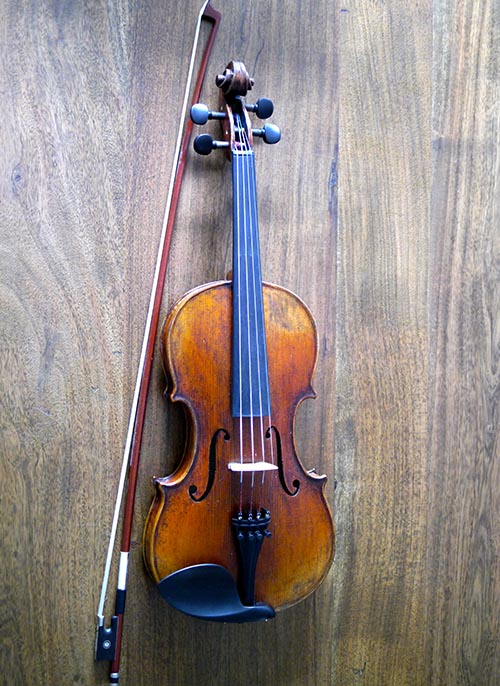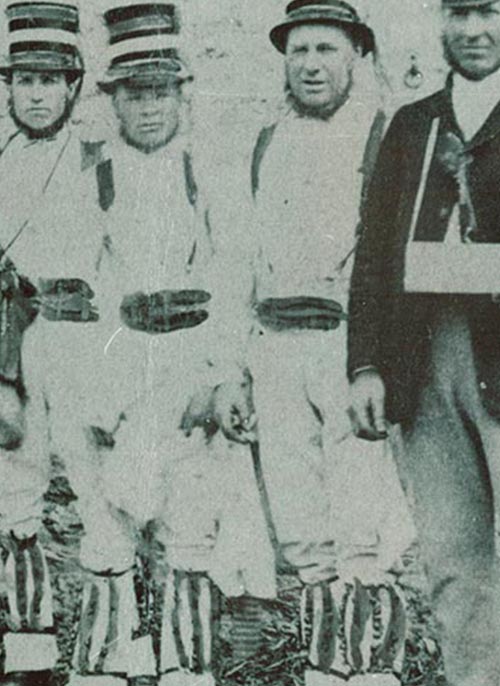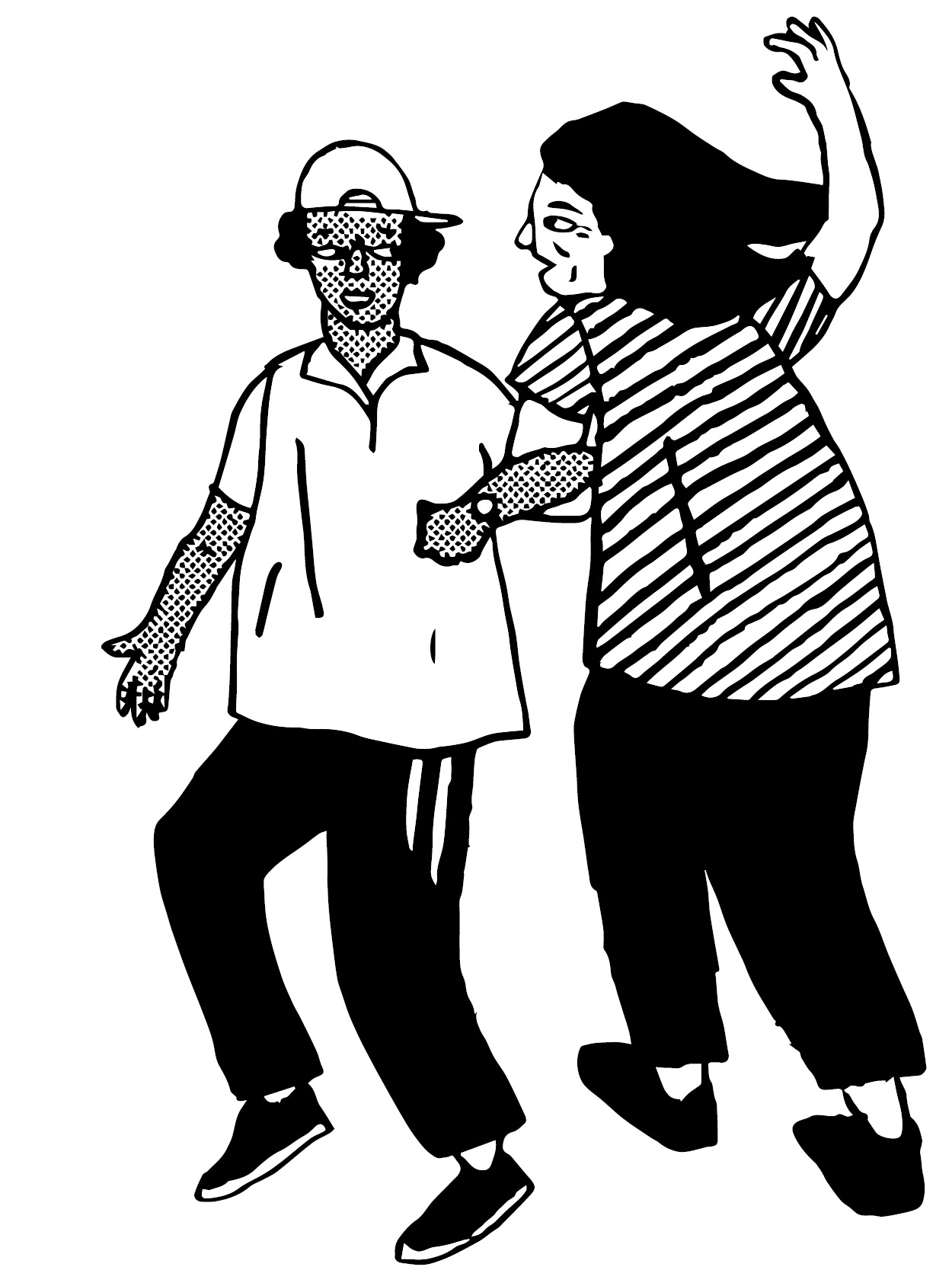Instruments Part 1
Instruments
Many instruments are traditionally associated with playing English Folk Music – some boast a longer association than others – for instance the pipe and tabor have been used since mediaeval times whilst the concertina was invented in the 1820s.
Instruments vary in the range of notes they are capable of making. Some are fully chromatic and able to play tunes in a variety of keys. Others instruments are limited to one or two scales, restricting the choice of tunes available to the player. However, the limitations of some instruments also encourage invention and creativity in approaches to playing music.
A variety of instruments associated with playing English folk music are described below:
Fiddle
Often tuned identically to a classical violin, it is the technique and style of playing folk music on it that makes it a fiddle. The fiddle has been associated with folk music for many centuries. Recently there has been an increase in popularity of the cello and viola in folk music too.
Melodeon

The melodeon has a set of bellows with buttons (often in two rows) on the right hand side providing the melody by allowing air through banks of reeds. There are fewer buttons on the left hand side, which provide bass notes and chords. The notes on both sides are different depending on whether the bellows are being pushed or pulled by the player. Melodeons usually come in fixed keys: D/G or C/F.
Piano accordion
A set of bellows with a piano keyboard on the right hand side, and plenty of buttons offering bass notes and chords on left hand side. All the notes are the same on the push and pull of the bellows. Accordions are fully chromatic.
Pipe/tabor
Usually played by one player, the pipe and tabor combination has been used in folk music since mediaeval times. The pipe has mouthpiece at the top and, unlike recorders and tin whistles, it has only 3 holes at the end of its length, as well as the hole at the end of the pipe which lets the blown in air out. This allows the musician to hold and play the pipe with one hand, whilst beating out a rhythm on the tabor (drum) with the other hand.
Button accordion
A set of bellows with buttons on the right hand side arranged in 3 rows, playing in the keys of B, C and C#. This allows the instrument to be fully chromatic. The notes on this side are different on the push and pull of the bellows. There are buttons on the left hand side, which provide bass notes and chords (as the piano accordion) – and are the same on push or pull of the bellows.












